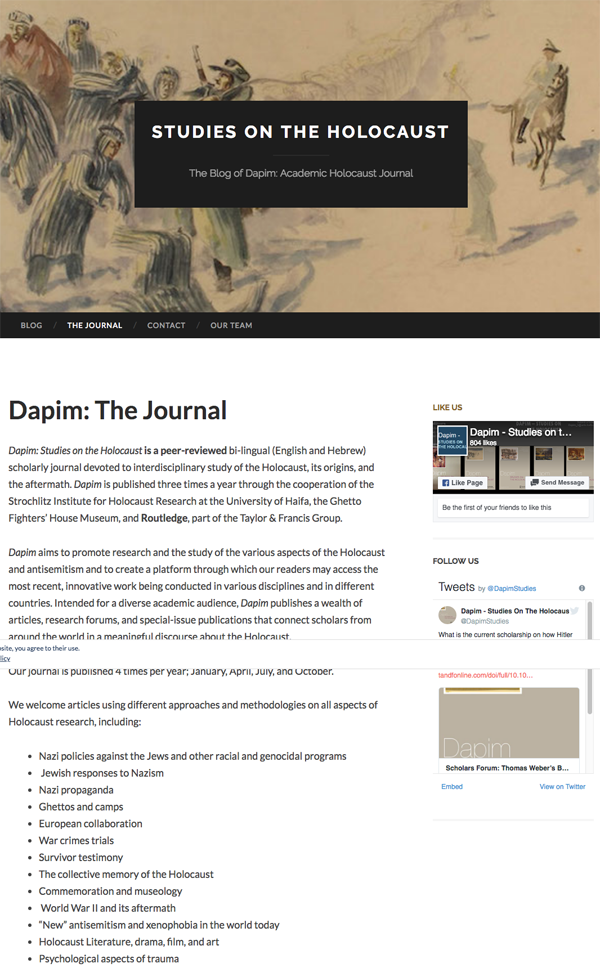Shlomo Aronson / How was the Budapest Ghetto saved?
The purpose of this article is to discuss a few dimensions of the Holocaust in Hungary, and especially its final stage in Budapest. Based on existing and new documentation, this inquiry may explain the astonishing fact that about 120'000 Jews, driven into so-called "large Ghetto" in Budapest by the Hungarian Nazis, were saved from them by the Germans during the Soviet siege of the capital, and finally rescued by the Red Army.
Thus, a short discussion of the deportations of the Hungarian Jews from the provinces will be offered, with the necessary sketching of the general background thereof, starting with Hungarian and Allied moves before the German occupation of Hungary in March 1944. This will be followed by a discussion of the role and competence of Adolf Eichmann's "Sonderkommando" in the deportations and in an alleged rescue offer made by Eichmann to the Western Allies, to exchange the Hungarian Jews with Allied trucks and/or with separate peace negotiations between the Germans and the Western Allies.
This essay will thus deal with those who instigated the deportations, and emphasize the Wehrmacht's role as a major mover determining the fate of most members of the last Jewish community to survive until stages of WWII. This will be done within the general framework of the war in Hungary up to the end of WWII, since the impression is still prevalent, especially among survivors, that the Germans only invaded Hungary in March 1944 almost at the war's end, and hence more, if not much more, could have been done to rescue the Jewish population of the country.
As we shall see, March 1944 was not the end of the war, which took more than a whole year thereafter to win. During those 14 months the Allies, and the Soviets in particular, suffered many casualties, especially during the battle of Hungary. In these circumstances, successful rescue efforts were no less than miracles. Here one must study not only German and Hungarian intentions and actual roles, but Allied strategic and political sensitivities regarding the maintenance of the "Grand Alliance" with the Soviet Union and pertaining to the fate of their POW's in German hands. These factors, along with other reasons, contributed to Allied behavior regarding rescue efforts undertaken at that stage. The way the Germans used Jewish survivors to drive a wedge between the Allies, further complicated the rescue efforts. Those efforts which achieved at least partial success, such as the case of the Budapest Ghetto, are the focus of this article.
How indeed did the Ghetto of Budapest survive, amidst the long, bloody and ferocious battle that raged in the Hungarian capital for almost four months, until February 1945? We do not know for certain whether the city's Commandmant, SS-Obergruppenführer Karl Pfeffer-Wildenbruch, ordered the protection of the Ghetto for temporary tactical considerations, explained in this article, but this sufficed to allow the Red Army to rescue its Jewish inhabitants when it finally liberated Budapest.













